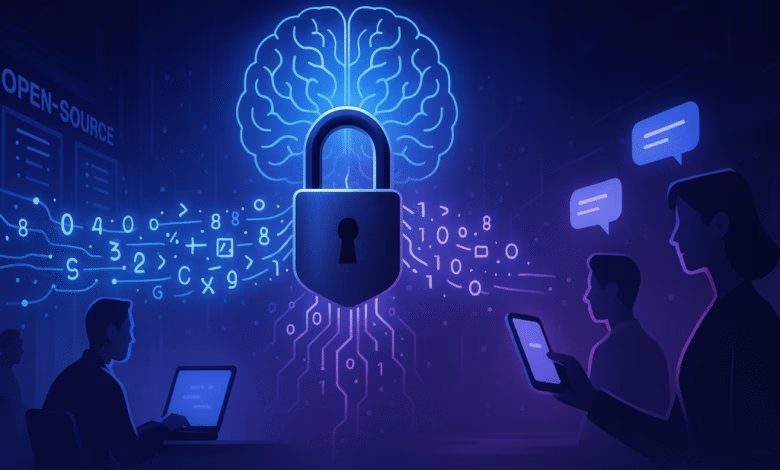Google Gemini’s Lack of Transparency Hinders Enterprise Debugging

▼ Summary
– Google’s decision to hide raw reasoning tokens in Gemini 2.5 Pro has sparked backlash from developers who rely on transparency for debugging and building applications.
– The move highlights a tension between polished user experience and the need for observable, trustworthy tools in enterprise AI systems.
– Developers argue that raw reasoning chains (Chain of Thought) are crucial for diagnosing errors, fine-tuning prompts, and building complex AI workflows.
– Google responded by calling the change “cosmetic” and suggested exploring ways to reintroduce raw thought access for developers, acknowledging its value.
– Experts debate whether intermediate tokens truly reflect model reasoning, with some arguing they may be incoherent and summaries could be more useful for end users.
Google Gemini’s reduced transparency creates challenges for enterprise AI debugging, sparking debate about balancing usability with developer needs. The company’s decision to hide raw reasoning tokens in Gemini 2.5 Pro has frustrated developers who rely on these insights to troubleshoot applications. This shift mirrors OpenAI’s approach, replacing detailed model reasoning with simplified summaries, a change that raises concerns about trust and control in business-critical AI implementations.
For developers working with large language models, Chain of Thought (CoT) outputs serve as vital diagnostic tools. These intermediate steps reveal how models process information, allowing teams to identify logic errors and refine prompts. One frustrated developer described the removal as leaving them “blind,” forced into guesswork when troubleshooting failures. The feature proved particularly valuable for building agentic workflows where AI systems execute multi-step tasks autonomously.
Enterprise adoption faces new hurdles as opaque models introduce operational risks. Black-box AI systems complicate validation processes, especially in regulated industries where explainability matters. Some organizations now consider open-source alternatives like DeepSeek-R1 that maintain full reasoning transparency, prioritizing control over marginal performance gains.
Google’s product team defended the change as cosmetic, emphasizing consumer experience improvements. A senior product manager acknowledged developer concerns while suggesting potential compromises, including specialized access modes for technical users. However, critics argue the move may serve dual purposes, streamlining interfaces while protecting proprietary training methodologies from competitors.
Academic perspectives add nuance to the transparency debate. Researchers question whether model-generated reasoning traces accurately represent internal processes or simply mimic human-like problem-solving patterns. One AI professor noted that raw outputs often contain voluminous, incoherent text that offers little practical insight, suggesting curated summaries might better serve most users.
The controversy highlights broader industry tensions as AI systems grow more sophisticated. Model providers must balance intellectual property protection with enterprise demands for observability, particularly as autonomous agents handle increasingly complex workflows. While Google explores potential middle-ground solutions, the episode underscores how transparency features are becoming strategic differentiators in the competitive AI landscape.
(Source: VentureBeat)






